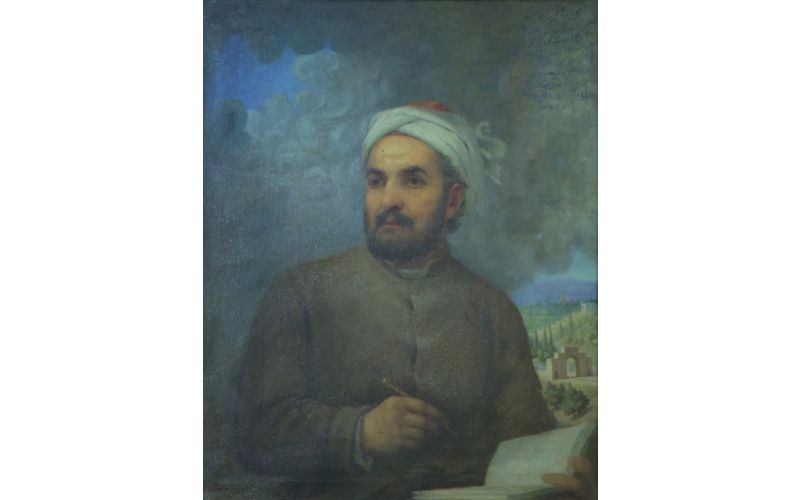100 Heroes: Hafez
The gay man who became of Islam's most influential poets.

Hafez is the pen-name of Khwāja Shams-ud-Dīn Muḥammad Ḥāfeẓ-e Shīrāzī.
He was a Persian poet who was born in 1315 and died in 1390.
The collected works of Hafez are regarded as a pinnacle of Persian literature and have been a major influence on Persian literature.
Hafez primarily wrote in the literary genre of lyric poetry, or ghazals – a style of writing used to express the ecstasy of divine inspiration in the mystical form of love poems.
In his ghazals he deals with love, wine and taverns – all presenting ecstasy and freedom from restraint, whether in actual worldly release or in the voice of the lover speaking of divine love.
Life
Despite his profound effect on Persian life and culture and his enduring popularity and influence, few details are known about the life of Hafez.
Accounts of his early life rely upon traditional anecdotes.
Hafez was born in Shiraz. His parents were from Kazerun.
Hafez was supported by patronage from several successive local regimes – Shah Abu Ishaq, who came to power while Hafez was in his teens; Timur at the end of his life; and Shah Mubariz ud-Din Muhammad. His work flourished most under the 27-year rule of Jalal ud-Din Shah Shuja,
Hafez was acclaimed throughout the Islamic world during his lifetime, with other Persian poets imitating his work, and offers of patronage from Baghdad to India.
His work was first translated into English in 1771 by William Jones. His poetry is often referred to as a major influence by well-known writers.
Personal life
We don’t have a lot to go on when looking at the personal life of Hafez and a discussion about his sexuality.
We do know that love poetry in the form of ghazal was deliberately ambiguous – the beloved could be either male or female.
One of the most well-known poems by Hafez is Shirazi Turk.
Shirazi Turk is a love poem – the poet is describing his love for the object of his affection.
While translations of the poem often use a female gender in reference to the object of affection, scholars generally seem to agree that Hafez is writing about his love for a handsome youth.
There was also a long tradition of love poetry in both Arabic and Persian in which the person whose beauty was praised was male. Often, the object of the poet’s admiration was described as a Turk – Turks were supposed to be especially good-looking. Alternatively, the object of the poet’s love was often a soldier, or an adolescent youth.